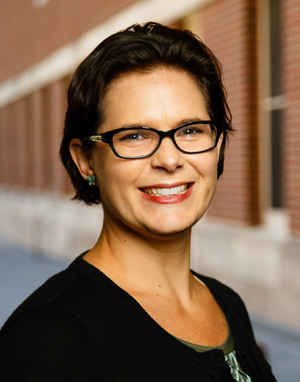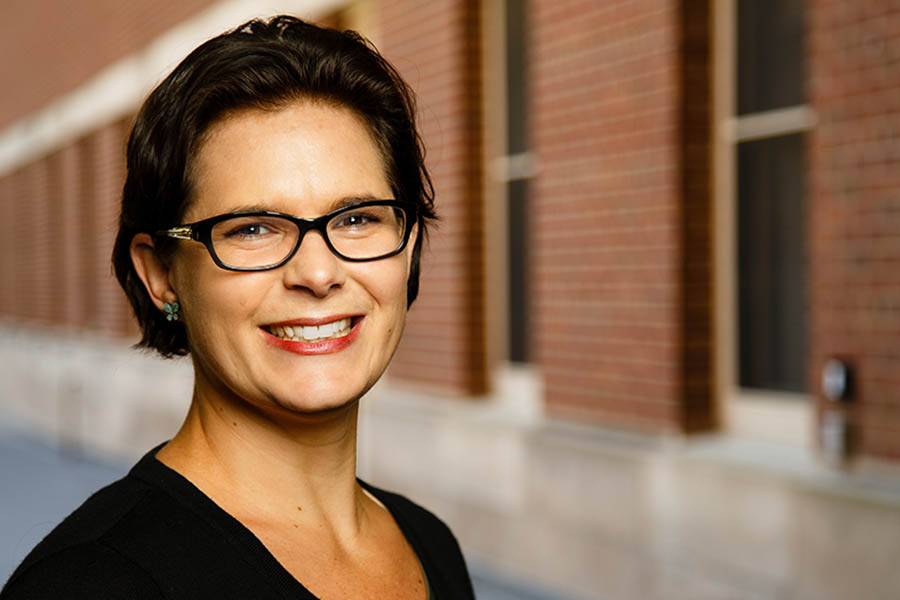
Between 1999 and 2010, drug overdose deaths related to opioid pain relievers among U.S. women rose fivefold. A new study by the University of Minnesota School of Public Health shows nearly 1.5 million women are using the medications for non-medical purposes and seeks to identify how people are obtaining the drug.
The results appeared in the journal Drug and Alcohol Dependence.
“There are different use patterns and different implications of opioid use by gender,” says lead author and Associate Professor Katy Kozhimannil. “With the epidemic’s increasing impact on women, it’s important to understand non-medical opioid use among reproductive-age women, including those who may become pregnant — especially since almost half of all U.S. pregnancies are unintended.”
The study looked at self-reported, non-medical use of prescription opioids over 30 days among pregnant and non-pregnant women ages 18-44 across the United States.
The analysis showed that 2 percent of non-pregnant and 0.8 percent of pregnant women reported using opioids for non-medical reasons.
“Looking at the percentages, those may seem like small numbers, but there are approximately 6 million pregnancies each year in the U.S., occurring among 62 million reproductive-age women,” says Kozhimannil. “That means about 1.4 million reproductive-age women and 50,000 pregnant women reported recent use of opioids for non-medical reasons, and this has profound public health implications.”
The study also found that 46 percent of pregnant women and 27 percent of non-pregnant women with non-medical use said they got opioids from a doctor.
“With nearly half of pregnant women who are using opioids non-medically citing doctors as their source, this clearly identifies an area for intervention,” says Kozhimannil.
Friends or relatives were common sources of opioids as well, with three-quarters of non-pregnant women and 54 percent of pregnant women reporting getting the drugs through someone they know.
Lastly, 10-14 percent of women in the study reported purchasing opioids through a drug dealer.
To limit access to opioids for non-medical use, Kozhimannil suggests health care providers and policymakers adopt a multi-faceted approach that includes: educating clinicians on caring for reproductive-age and pregnant women; developing prescription drug monitoring and disposal programs; and employing opioid maintenance therapy using methadone or buprenorphine medications that can be tailored for treating pregnant women.
In cases when opioids are purchased illegally, Kozhimannil says criminal justice-focused solutions must be balanced with public health approaches and should not discourage women from seeking treatment or other needed medical care, including prenatal care during pregnancy.

